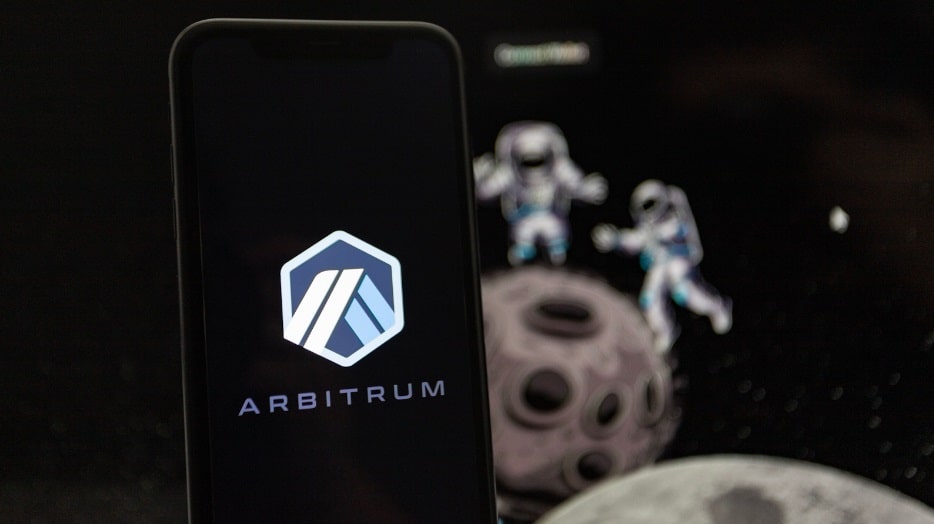Ethereum layer-2 network Arbitrum (ARB) reached a new all-time high in daily transactions over the weekend, joining Bitcoin under a waterfall of blockchain activity spurred by inscriptions.
According to data from crypto market analysis platform IntoTheBlock, the network tapped 5.4 million transactions on Saturday, dwarfing the prior record in April at roughly 2.5 million.
The number of daily transactions on Arbitrum hit a new ATH this weekend, with over 5.4m transactions! The spike was caused by hype for inscriptions and even caused a temporary outage of the network on Friday. pic.twitter.com/Uem7h7xgUr
— IntoTheBlock (@intotheblock) December 18, 2023
Arbitrum enables faster and cheaper Ethereum transactions by batching them together using optimistic rollups, then settling them all at once to the main network. Whereas the latter blockchain can only handle about 30 transactions per second (tps), Arbitrum can process roughly 40,000 tps.
Arbitrum is one of the many networks this year to adopt Ordinals inscriptions – the technical workaround that lets users deploy tokens and NFTs on Bitcoin.
Though Arbitrum already had both of those things, inscription-based tokens are relatively lightweight and easy to move. They also open up more possibilities for publicly issuing tokens, which often require stuffing blocks full of inscriptions for months on end.
As such, where inscriptions go, transaction volume and network fees follow –especially over the past few weeks. Bitcoin, for example, has drawn in higher daily average fees than Ethereum over the past seven days at $13.9 million, with standard transactions currently costing ~$10 a pop.
Roaring activity this weekend even caused Arbitrum’s sequencer to stall, leading to a partial network outage. Prior to the event, over 90% of transactions being processed by the network were inscriptions-based.
It’s not just Arbitrum either: Avalanche users paid over $13 million last week purely on Ordinals transactions. On December 7, the Telegram Open Network (TON) blockchain slowed to just one transaction per second due to the overflow of transactions caused by Ordinals.
Combatting High Fees
Though Bitcoiners have mixed feelings about inscriptions themselves, all are scrambling for ways to address the recent network fee crisis and keep standard monetary transactions reasonably cheap.
Some like Bitcoin Core developer Luke Dashjr have opted to censor inscriptions entirely from his new Bitcoin mining pool, OCEAN. Others are focusing on Bitcoin layer 2 adoption, reigniting old Bitcoin sidechains like Liquid that enable far faster and cheaper BTC transfers.
The fee spike has benefited Bitcoin mining pools tremendously, which are currently sourcing over one-third of their revenue from BTC transactions alone, rather than each block’s native subsidy.
Read the full article here












Leave a Reply